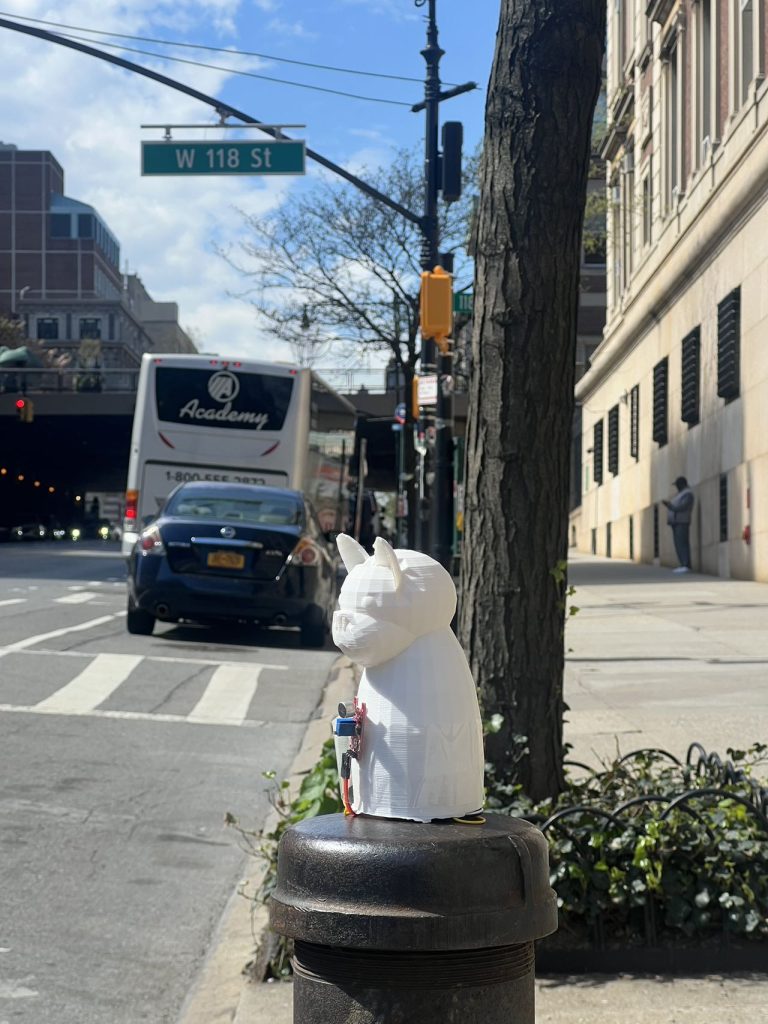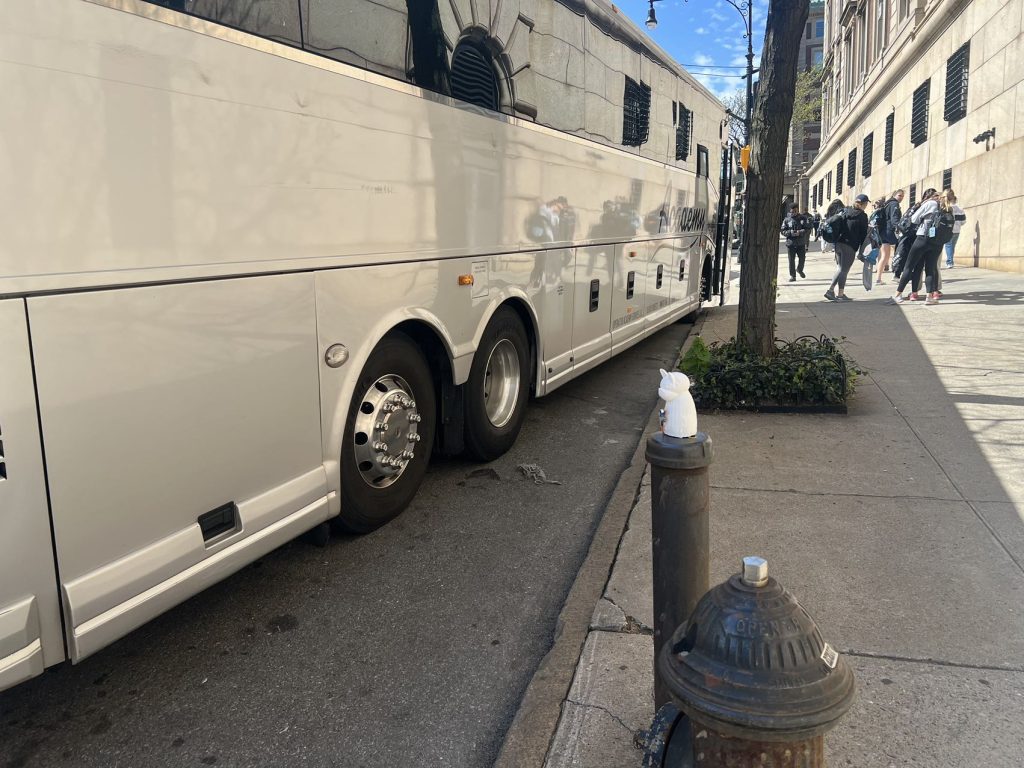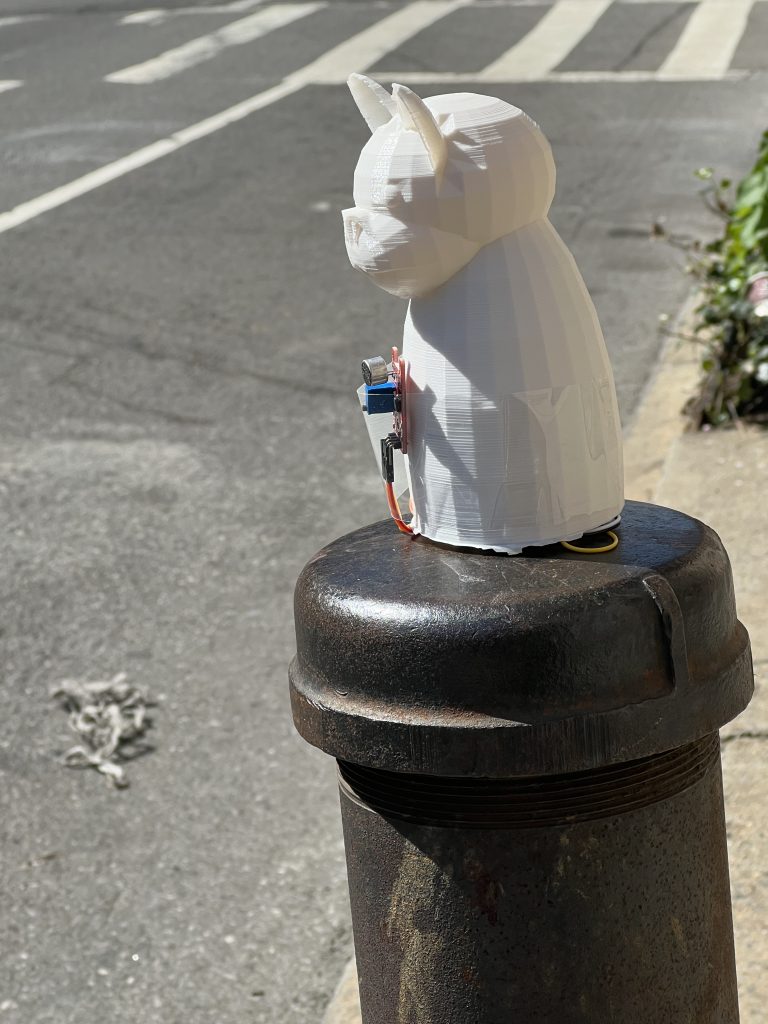Team member: Jerry Yin(jy3340) Yuan He(hy3664) Guiliang Li(gl2857)
Introduction
Noise pollution has become an increasingly common problem in the hustle and bustle of modern urban life. It intrudes into our daily lives and affects our physical and mental health. The core of this project is to investigate high-pitched sounds in urban environments, focusing on their frequencies, sources, and impacts on human and community life. Disruptive noises such as sirens, alarms, and human shouts are detected, recorded, and analyzed through the use of sound sensors. This study aims to reveal patterns of noise disturbance around Columbia University. Our goal is to contribute to a deeper understanding of the impact of noise pollution on urban life. And to inform potential mitigation strategies to create a more harmonious living environment.
The Project Approach
Data Collection and Analysis: Utilizing sound sensors placed strategically around Columbia University (Fayerweather Hall and 122nd Street near P.S. 036 Margaret Douglas). We will be timed to capture the surrounding noise levels. This data will be analyzed to identify trends, peak times, and the most common sources of noise disruption.




Insights
This research delves into the issue of noise pollution in environments. The study specifically focuses on high-frequency disruptions in the Columbia area, including sirens, alarms, and human noises. By placing sensors around locations like Fayerweather Hall and near PS 036 Margaret Douglas, we aim to gather and assess data. This method enables us to visualize the spatial patterns of noise pollution and pinpoint sources and peak instances of auditory disturbances. The primary objective of this project is to understand how noise pollution affects well-being, leading to the development of strategies for enhancing Columbia’s acoustic environment.
Our investigation into the surroundings at Columbia University seeks to tackle the mounting concerns regarding noise pollution, a phenomenon that increasingly impacts our lives and overall health. Through this research initiative, we strive to monitor noise intrusions like blaring sirens and crowd commotion that disrupt campus life’s rhythm. By analyzing data captured by sensors within and around the university campus, we aim to uncover trends in noise disturbances. This analysis provides insights into when and how public spaces are affected by such disturbances.
This study enhances our knowledge of how noise pollution affects city life and sets the foundation for creating plans to enhance the quality of areas.